|
I love it when I unexpectantly pick up a new bird species for the year. Late last night a Great Horned Owl began hooting right outside my bedroom window around 1;30 AM. I listened for awhile and then got out of bed, got dressed and went outside in hopes of actually seeing it. Not surprisingly, as soon as I exited the house, the owl fell silent. I wasn't surprised. Let's face it, there is no such thing as sneaking up on an owl at night. After all, If they can detect a mouse scampering beneath mats of old grass in a field, then I'm sure that my 200+ pound body walking in boots poses no challenge to their superior hearing and eyesight.
Of course as soon as I went back inside, the owl began hooting again. Hooo Hooo Hooo Hooooooo Hooooooo went the owl for hour after hour. Actually, it was four hours to be exact. And at one point, a second Great Horned Owl joined in as the pair performed a duet. This is presumably a mated pair that will be incubating eggs within a matter of weeks. They are one of the earliest nesting birds in West Virginia. Even though I didn't get to see either owl, I feel fortunate to have had the opportunity to listen in on their magical nighttime performance.
0 Comments
The unusually mild winter weather continues here in Morgantown, WV. Tonight I decided to check for moths at the dusk to dawn lights in front of the lodge at Dorsey's Knob Park. These lights are very conveniently located at just about head level and there are a lot of places for moths to land on the algae-covered lattice beneath them. With temperatures hovering just above freezing at 34 degrees, I not surprisingly found only one moth tonight, but at least it was a new species for the year! Its a Triple-spotted Pinion, Lithophane laticinerea. So far in 2016, I've found seven different moth species in seven days. That's not too bad for early January in West Virginia. Here is a very distant shot of three Surf Scoters that Mike Slaven and I found at Tygart Lake State Park this afternoon. They were hanging out in a raft of ducks that also included 19 Lesser Scaup, 1 Ring-necked Duck and 6 Ruddy Ducks.
Today I found this Marbled Orbweaver while working at Dorsey's Knob Park. What a beauty!
A few nights ago I spotted this moth caterpillar crawling near a dusk to dawn light at Dorsey's Knob Park. It's called "The Neighbor," Haploa contigua. I've never actually seen an adult of this species.
Yesterday morning I explored the Mon River Trail between Morgantown and Uffington in Monongalia County. The weather was cool and overcast as I walked along the Monongahela River searching for recently arrived migratory ducks. It didn't take long before I confirmed my suspicions that the recent weather had been far to pleasant to prompt any migrating ducks to put down on the river. At least I did spot a Double-crested Cormorant sitting on a log. With no migratory ducks to study, I turned my attention to the plants growing along the trail. I spotted several American Bladdernut shrubs, which was a new species for me. In addition, I saw some alders growing on the steep riverbank. One alder in particular caught my attention because bright white pieces of fluff adhered to one of its branches. The "fluff" is actually a protective covering produced by Wooly Alder Aphids. I poked around one of the pieces of fluff until I could see several aphids sucking sap from the alder. After hiking over a mile, I arrived at one of my favorite spots along this section of the trail. A picturesque waterfall is nestled deep within a steep rocky ravine. Although the overhanging rocks appear like they could break off and come crashing down at any moment, I decided to chance a quick excursion into the danger zone to photograph some liverworts that grow on the damp stone wall. This particular species is called Snake Liverwort, Conocephalum conicum. The sandstone rocks in front of the waterfall provide homes to several species of lichens. One of my favorites is the Smokey-eye Boulder Lichen. Magnification is needed to actually see the "smokey eyes." If you have a smart phone handy, just zoom in with the camera and take a picture. Near the lichens is a large decomposing log of some hardwood species. I've walked past this log many times before and never gave it much thought. Yesterday, something colored bright yellow on the log caught my attention. I'm a novice when it comes to mushroom identification, but I believe that this is a species of Jelly Fungus. I suspect that it might be Witches Butter, but I don't know for sure. By the time I got back to my car, I had covered over four miles out and back. What follows is the list of species that I identified on this walk.
I recently lost a set of keys at Dorsey's Knob Park. I knew approximately where I had dropped them on the ground, however, the sun set before I could find them. The following day I returned to the scene and searched the lawn until I discovered them lying in the grass. In the process of looking for my keys, I stumbled upon another treasure. Several clumps of Inky Cap Mushrooms, Coprinopsis atramentaria, had seemingly appeared overnight. Inky Cap is an interesting species of mushroom because it contains a chemical compound called coprine. One of coprine's most notable properties is that it interacts with alcohol. Basically, whether or not Inky Caps are poisonous depends on whether the eater has also consumed alcohol. If there is no alcohol present in the body, Inky Caps are generally not toxic. But if consumed with alcohol, nausea, vomiting, and tingling limbs occurs with five to ten minutes. The severity of the symptoms is directly related to how much alcohol has been consumed. In rare cases, the coprine and alcohol interaction results in a heart attack!
Dead moles can be pretty interesting. Yesterday afternoon I chanced upon a dead Hairy-tailed Mole at Dorsey's Knob Park. Although it had not been dead long, at least two species of flies and some black and orange Tomentose Burying Beetles had already discovered the carcass. Here is where this gets interesting...
The beetles and flies are competing for the same resource. They both want to lay their eggs on the carcass so that their respective larva will have a ready source of food. In this competition, the beetles have a tiny, but powerful ally. Every beetle has a population of mites on its body. And as the beetle flies from carcass to carcass, the mites go along for the ride. And in return for the free air fare, the mites eat fly eggs from the carcass leaving it for the young beetles. The mites and the beetles enjoy a symbiotic relationship. This has been a good year for Luna Moths at Dorsey's Knob Park. I saw my first one of the year back on May 3rd and have been seeing them with regularity as recently as tonight. In all, I've seen them about ten times at the park this year. The interesting thing is that I saw absolutely none last year at the park.
|
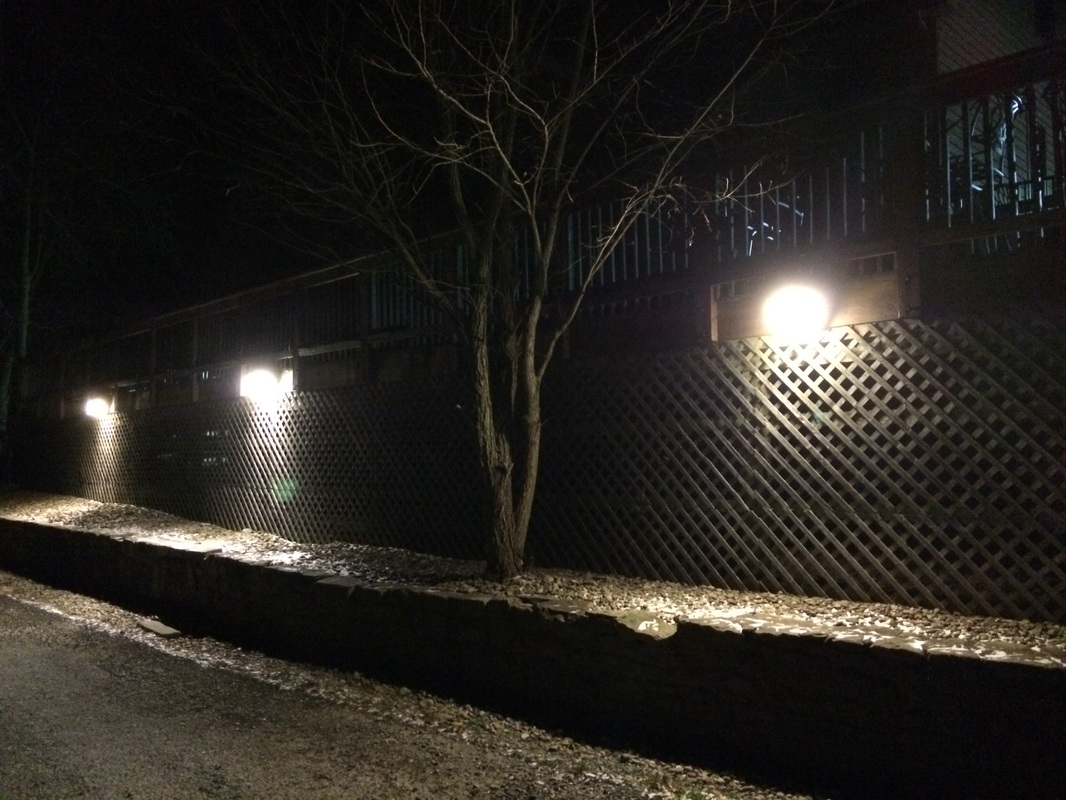
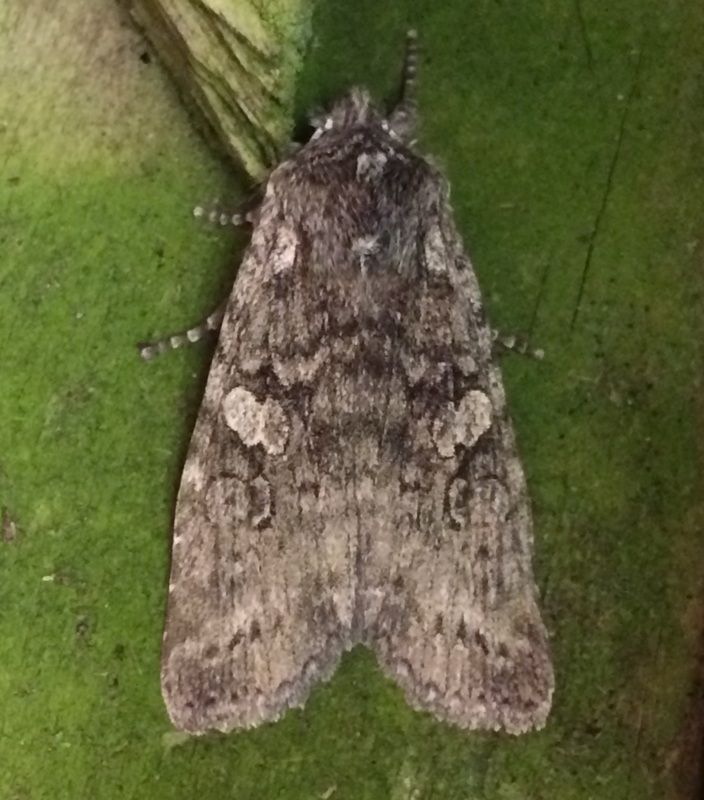
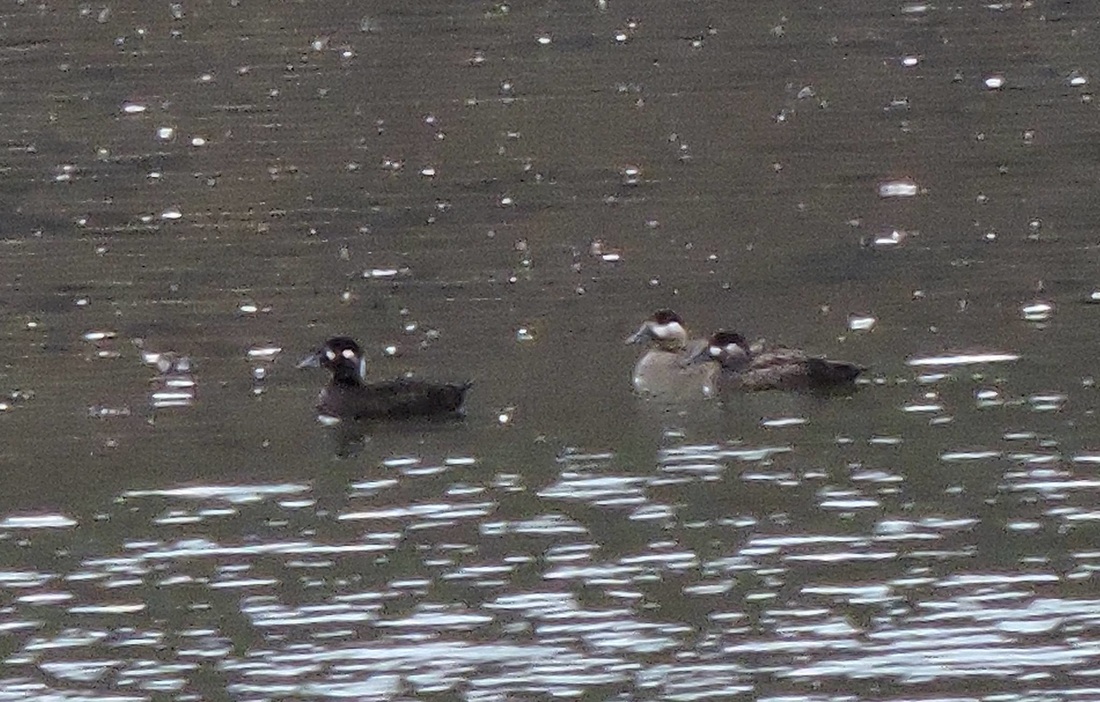
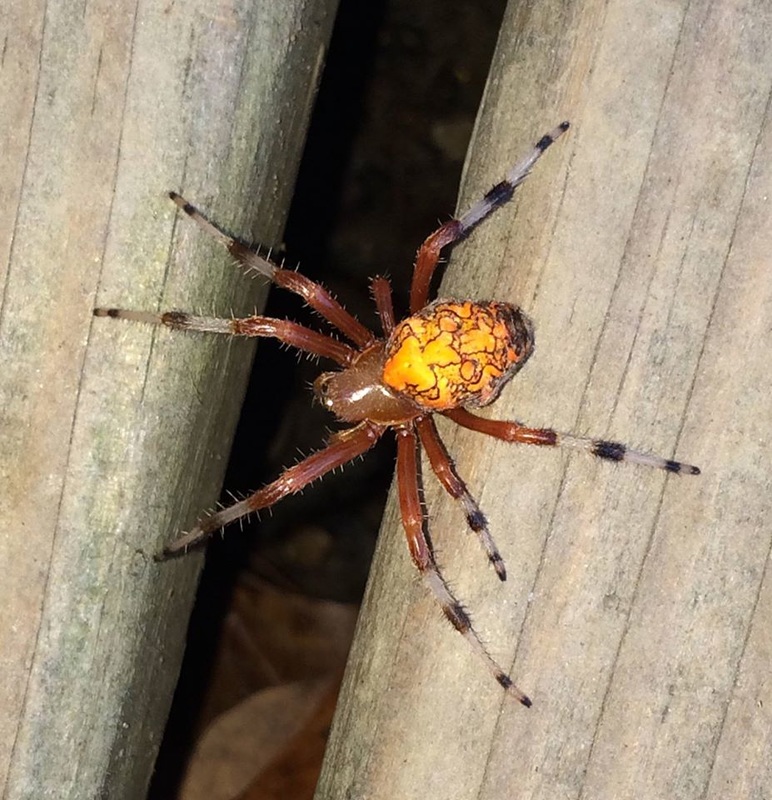
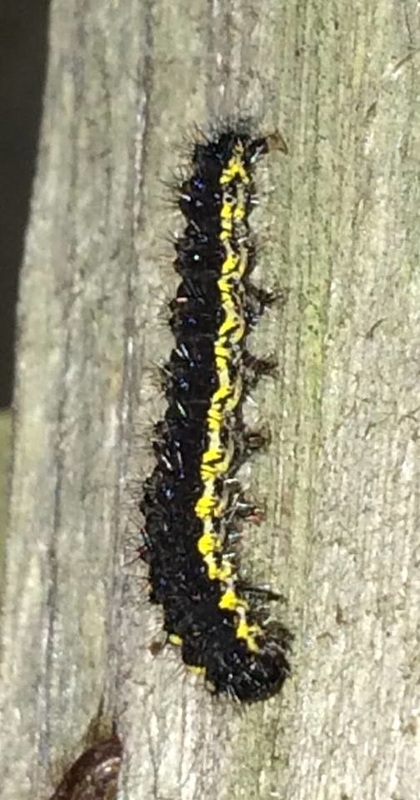
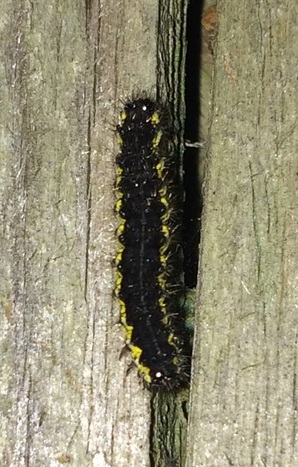
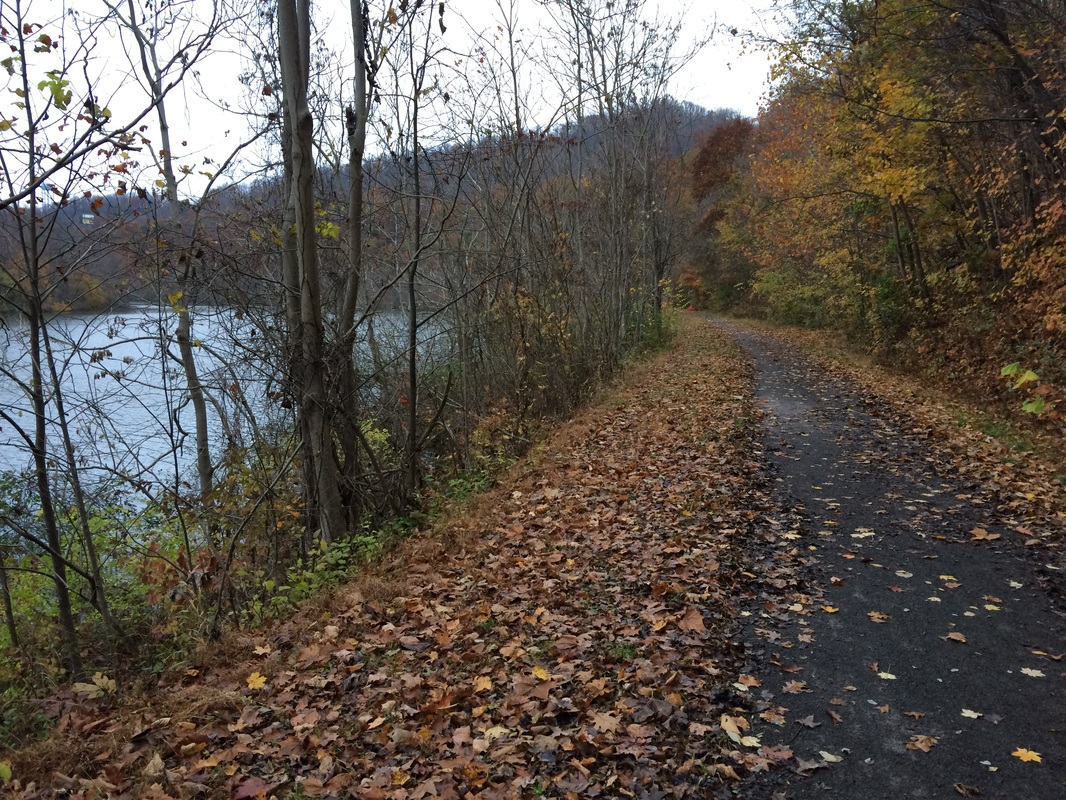
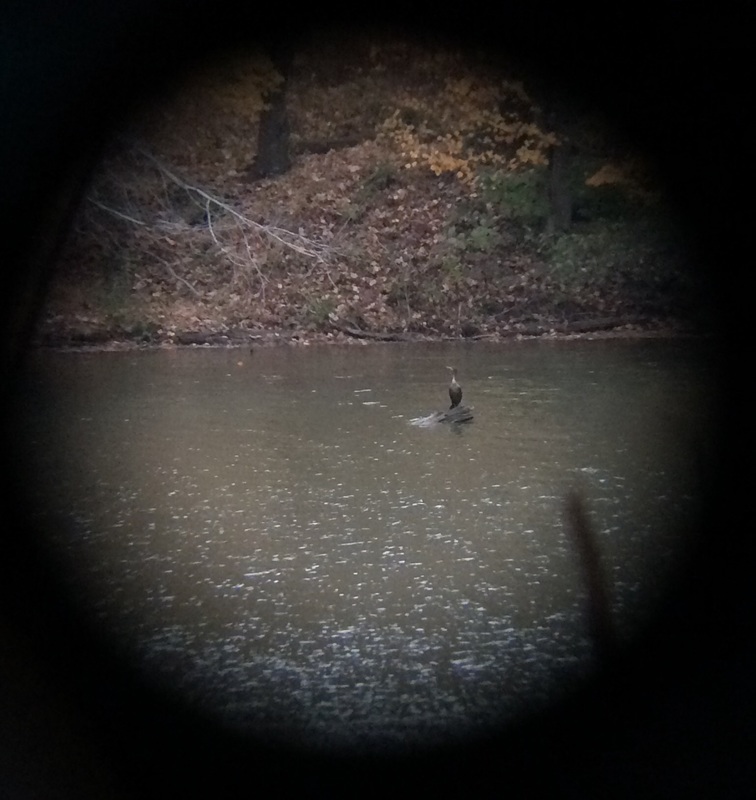
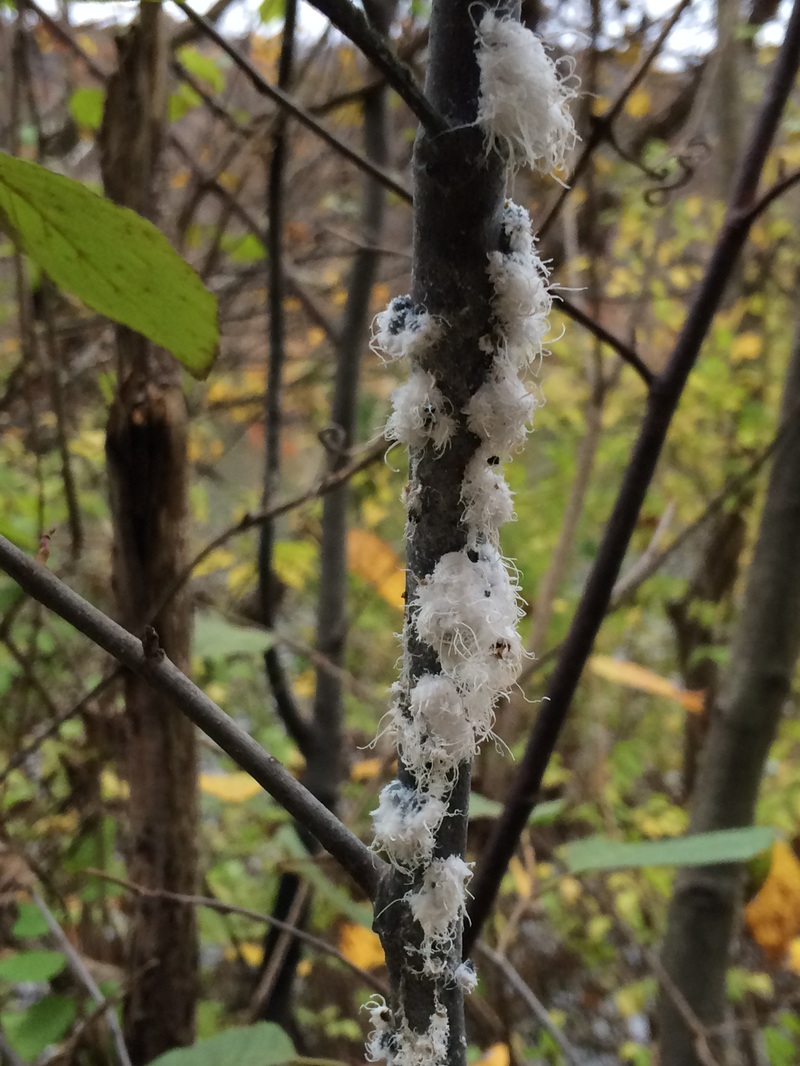
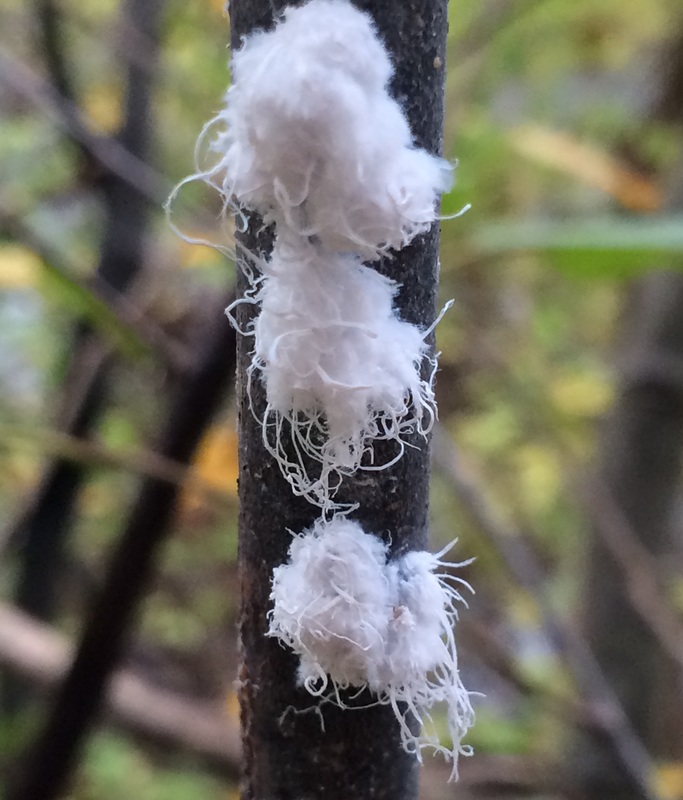
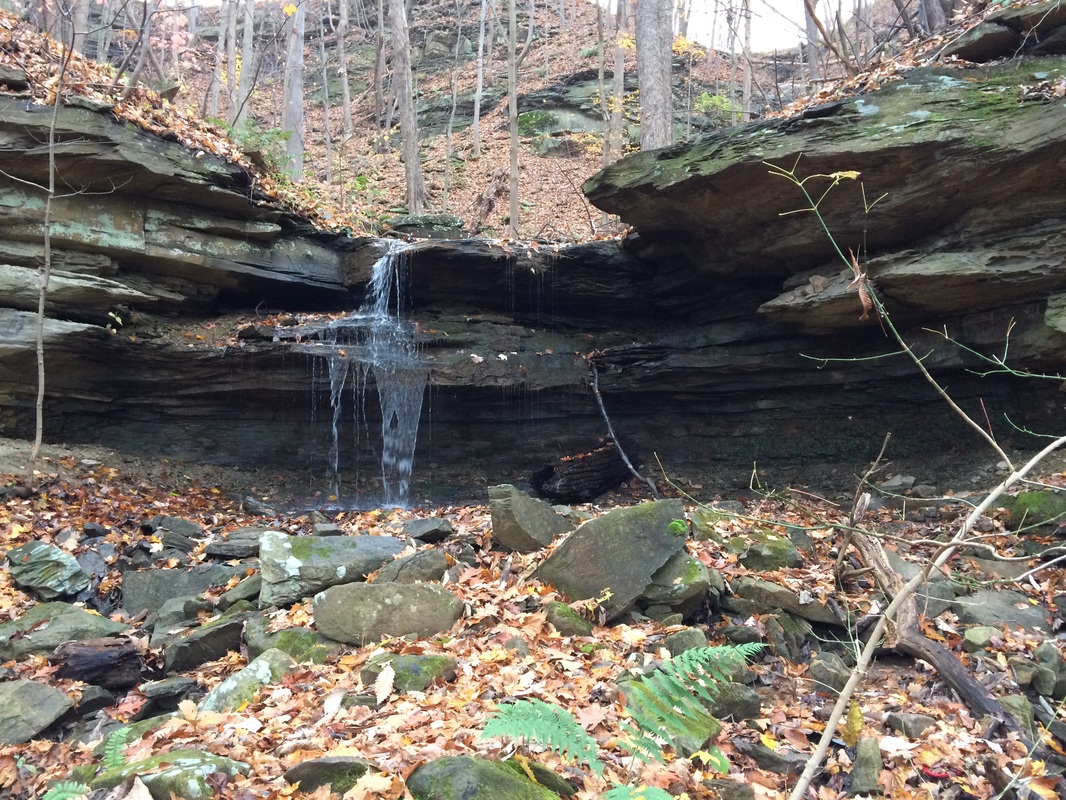
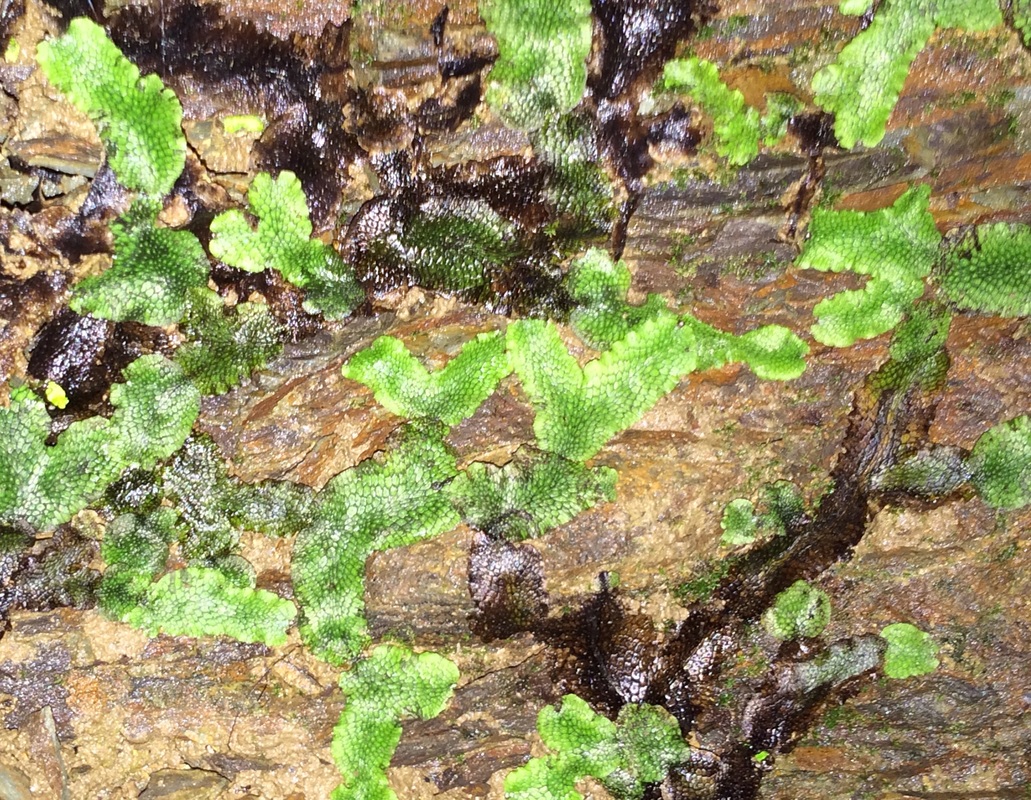
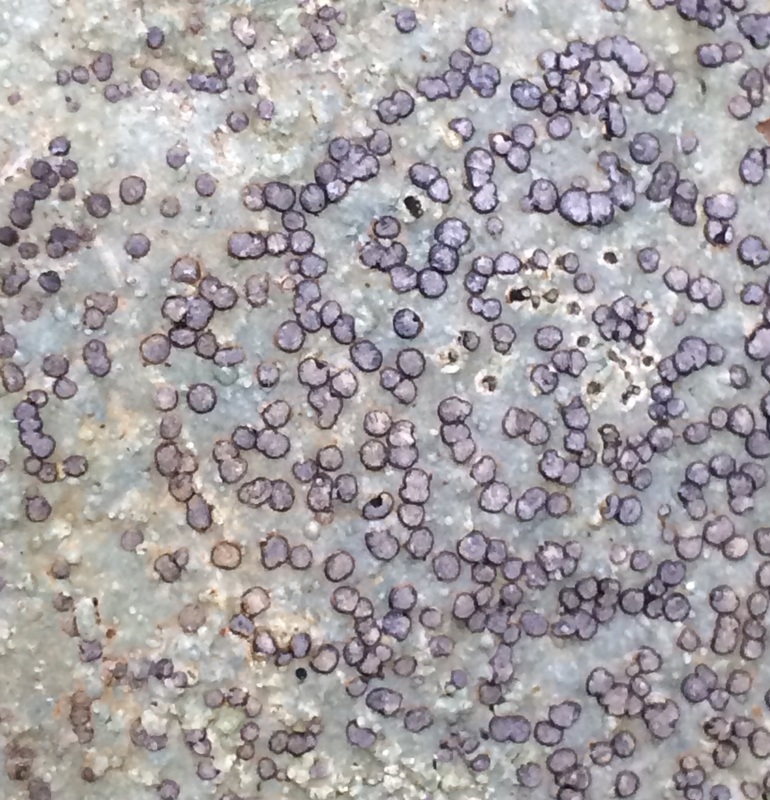
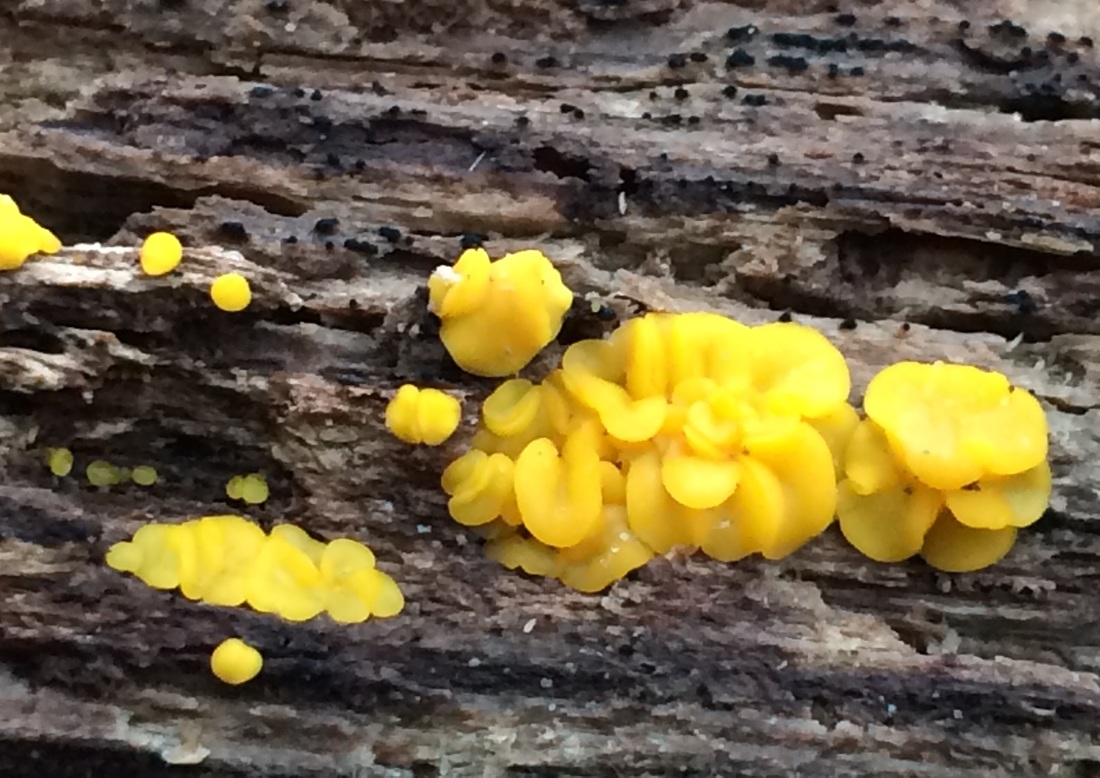
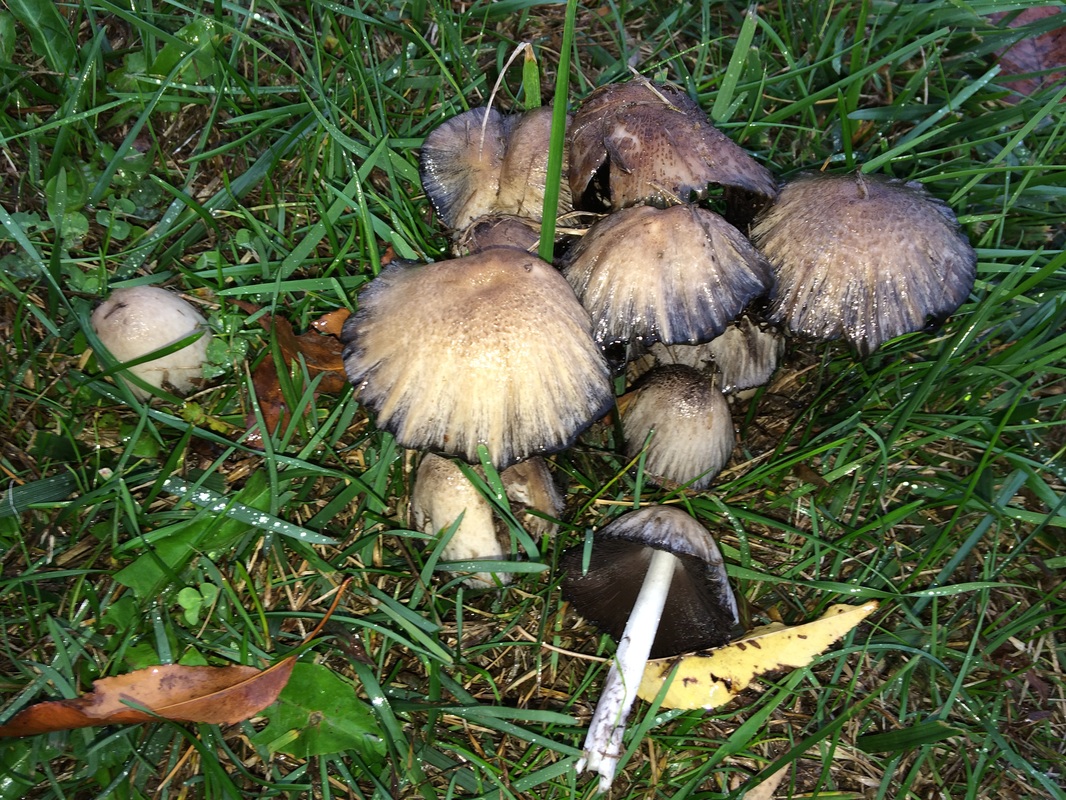
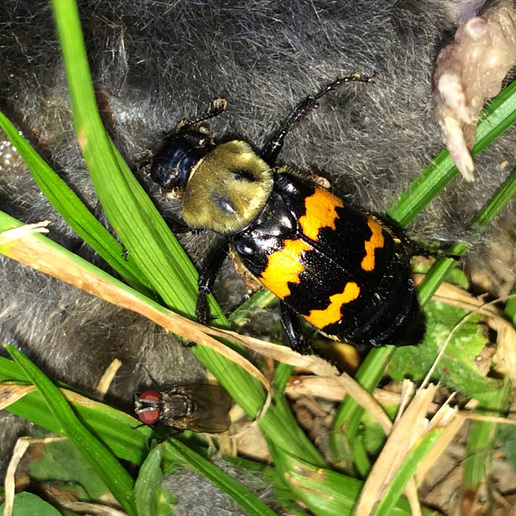
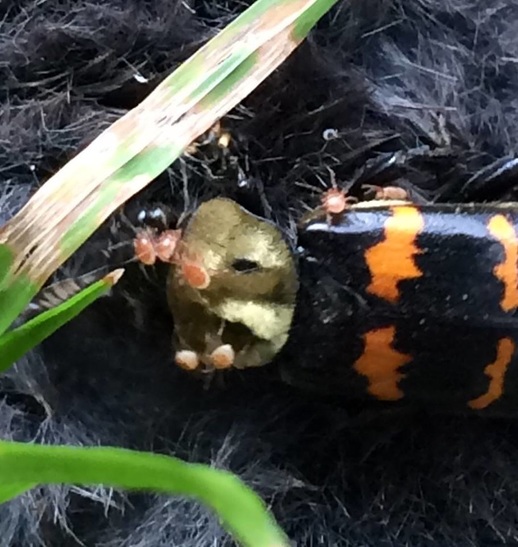
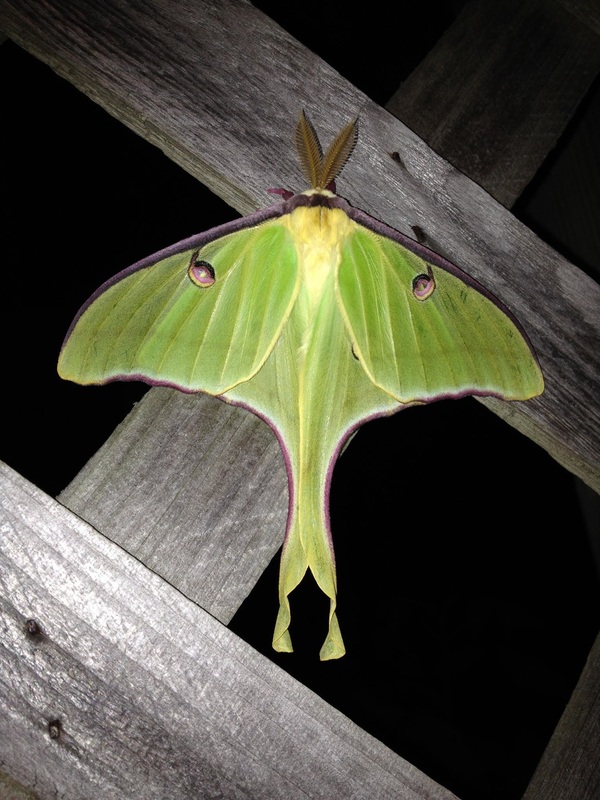
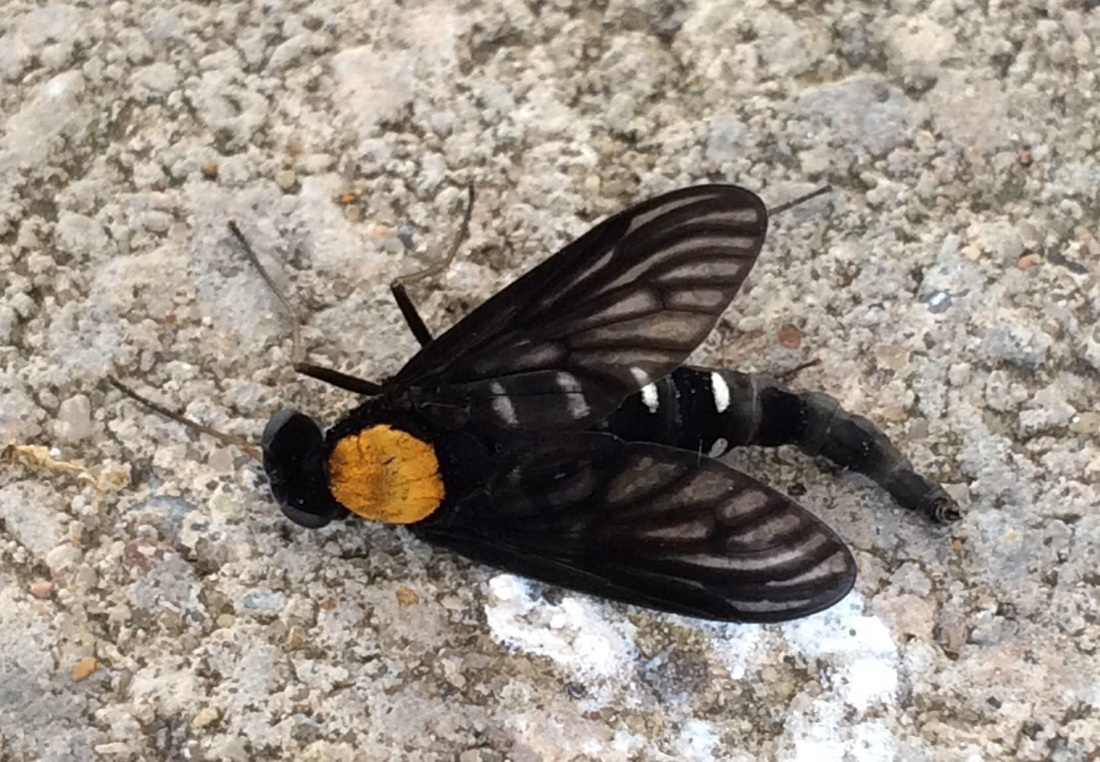
 RSS Feed
RSS Feed
